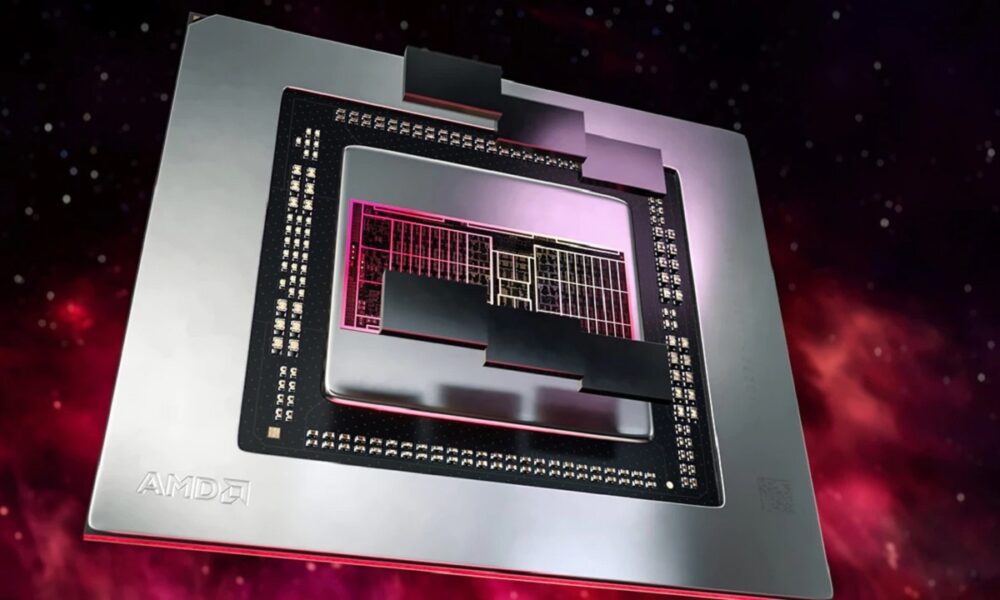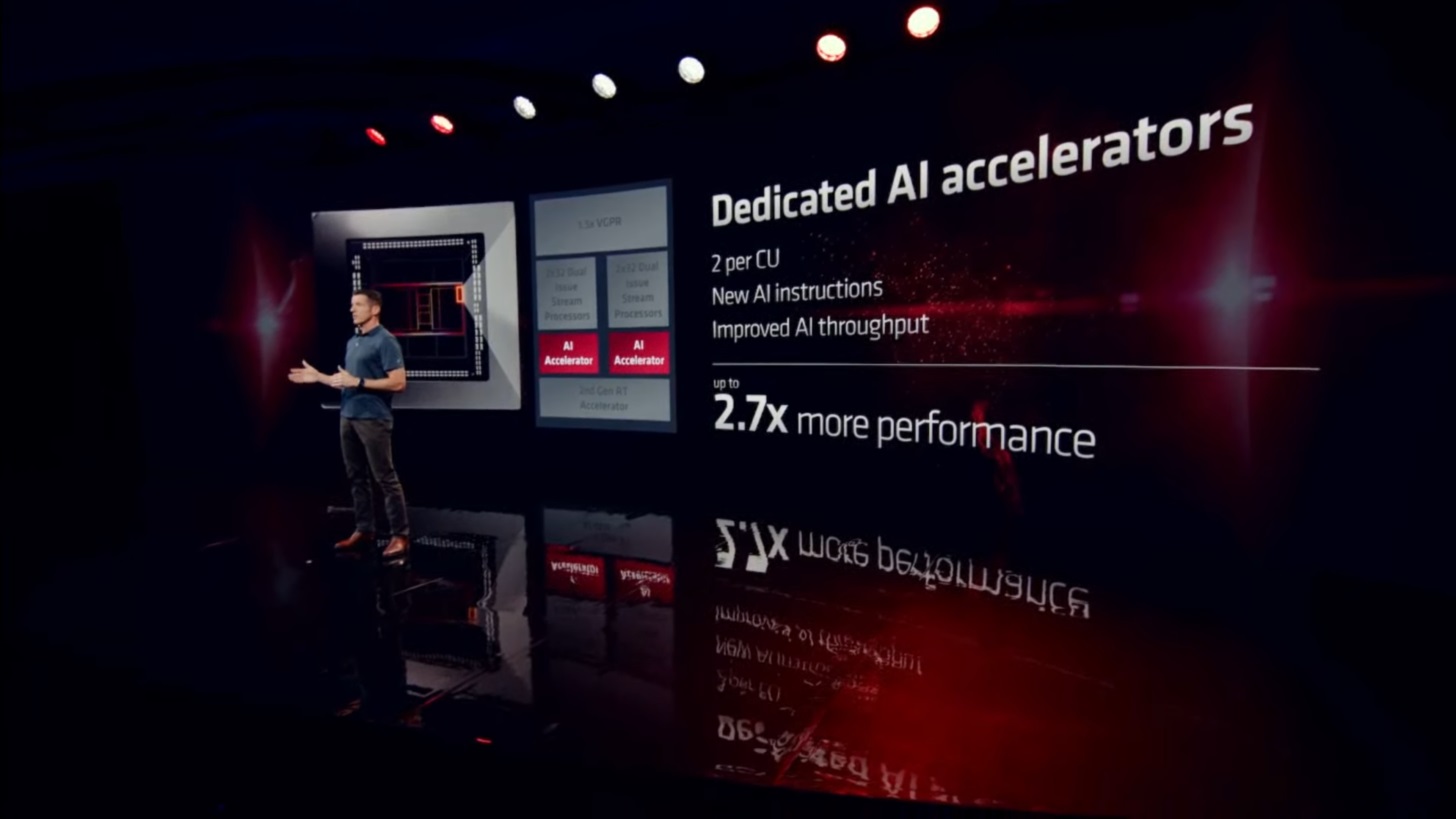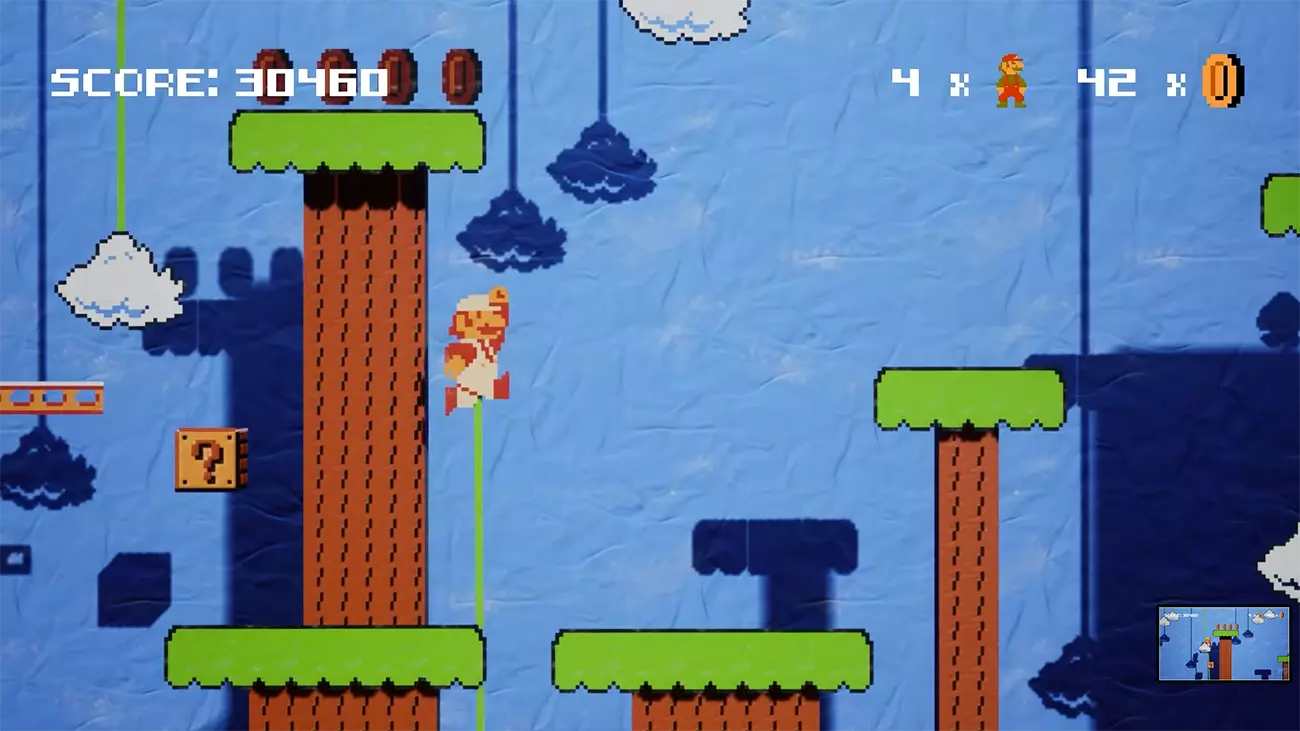
AMD has already made a move with the presentation of the Radeon RX 7900 XT and XTX, two high-end graphics cards based on the RDNA 3 architecture that use the Navi 31 GPU. This graphics core will also be present in the Radeon RX 7800 and Radeon RX 7800 XT, while in the lower models two different GPUs will be used, Navi 32 and Navi 33.
We already know in detail the specifications of the Navi 31 GPU. We know that it has 96 CUs in its complete configurationequivalent to 6,144 shaders since, in the end, AMD has not doubled the number of shaders per computing unit, something that many rumors pointed out but that has not finally been fulfilled. The specifications of the Navi 32 and Navi 33 GPUs were up in the air, but we finally have reliable information thanks to a new leak.
Navi 32 will be configured with 60 computing units, which leaves us with a total of 3,840 shaders. This graphics core will be the one that AMD will use in the Radeon RX 7700 and Radeon RX 7700 XT, so we have a notable increase in shaders compared to the Radeon RX 6700 XT, since it has 2,560 shaders. We must not forget that, in addition, Navi 32 will be a much more advanced, powerful and efficient GPU. As the split of 4 texture units and one ray tracing accelerator per CU are maintained, this chip would come with 240 TMUs and 60 ray tracing units.
RDNA 3 will reach the upper mid-range and mid-range with two different designs
As for Navi 33, this is a GPU that will be used in the mid-range and that will shape the Radeon RX 7600 and Radeon RX 7600 XT. This chip will have 32 computing units and 2,048 shaders, the same amount that we found in the Radeon RX 6600 XT, although the difference in performance should be important due to the jump to the RDNA 3 architecture. This chip would be equipped with 128 TMUs and 32 ray tracing units.
It is important that you be clear that although the number of shaders matters in the end the novelties introduced by the RDNA 3 architecture, and the frequency increasesthey will also play a fundamental role and greatly influence the performance of the new Radeon RX 7000. Thus, a Radeon RX 7600 XT will be much more powerful than a Radeon RX 6600 XT even if both have the same number of shaders.
We must not forget either that RDNA 3 introduces new accelerators for ray tracing, which has double emission shaders, which means that they can work with twice as many instructions. It is also important to note that this new architecture will be AMD’s first, within the general consumer market, to feature accelerators dedicated to artificial intelligence, This opens the door for a new version of AI-powered FSR technology that is truly capable of competing with NVIDIA’s DLSS and Intel’s XeSS.
Navi 32 will have the same MCD design as we saw in Navi 31, with a total of four 6nm chiplets hosting the infinite cache, while Navi 33 will adopt a monolithic core design with no externalized cache, meaning all infinite cache will share encapsulation with the GPU.




